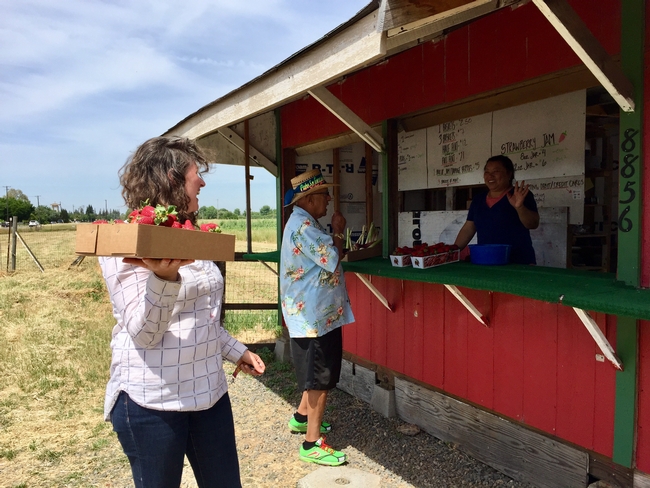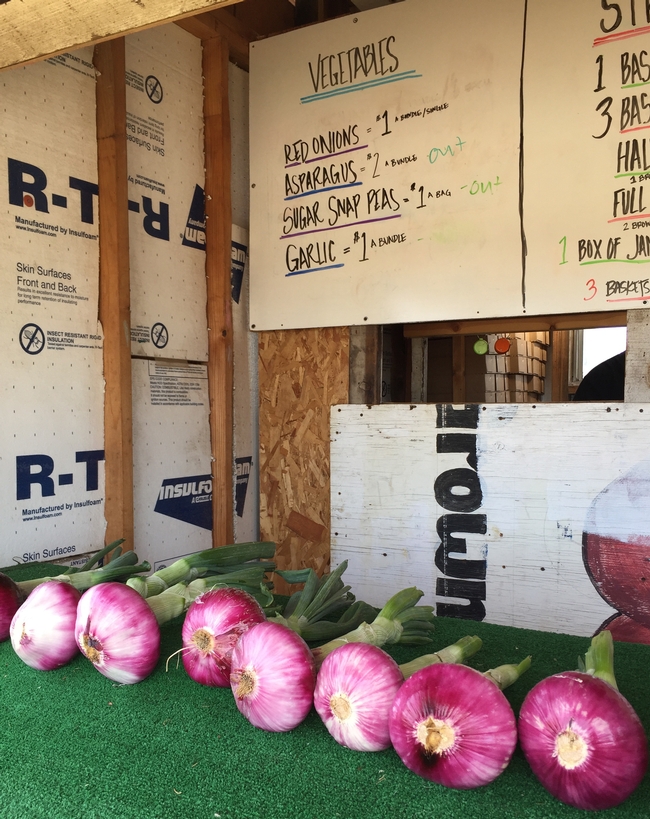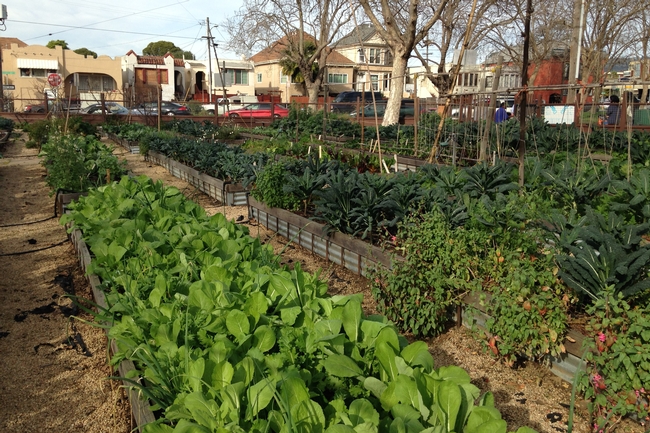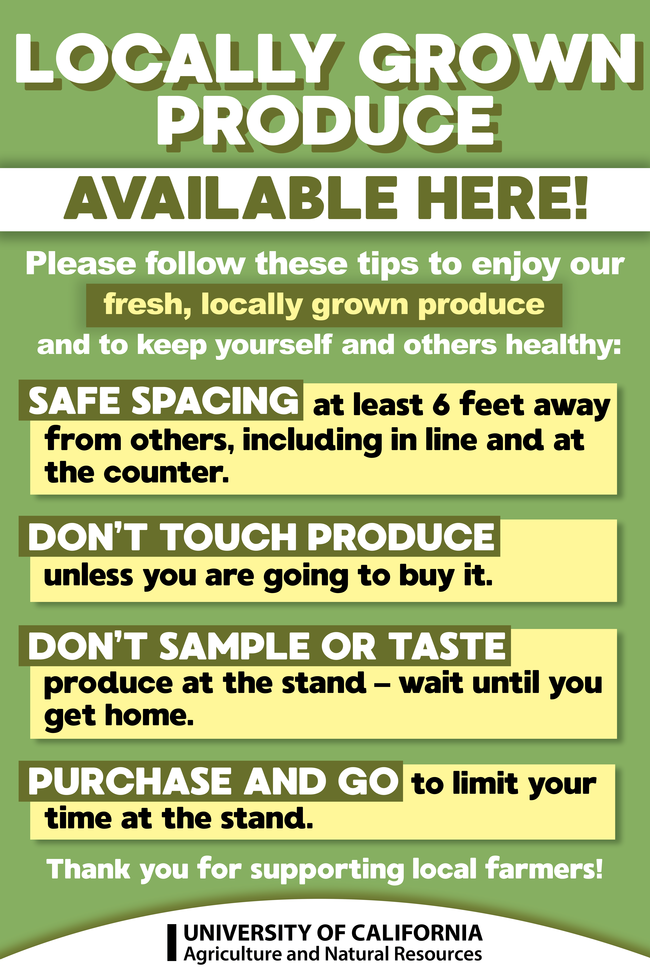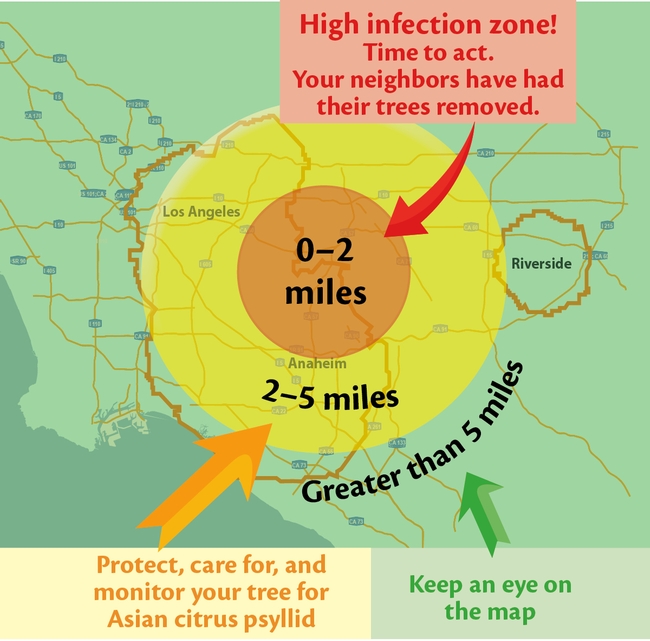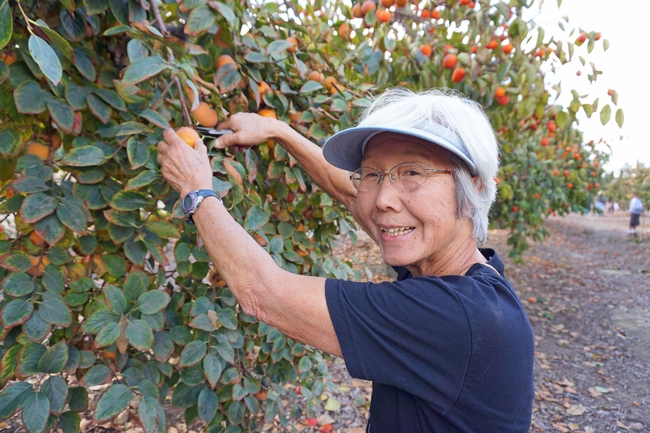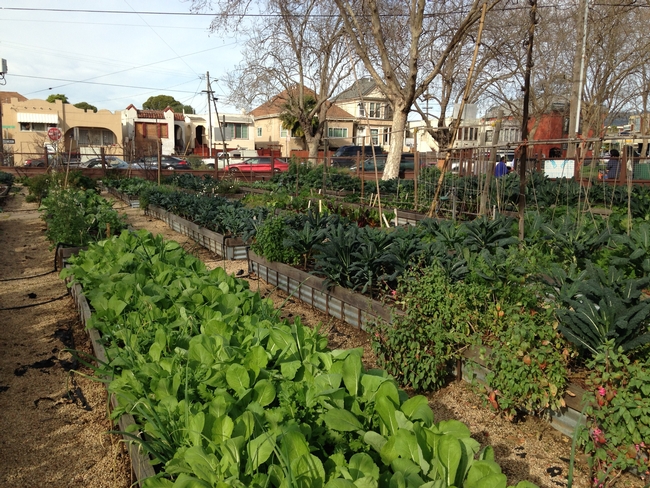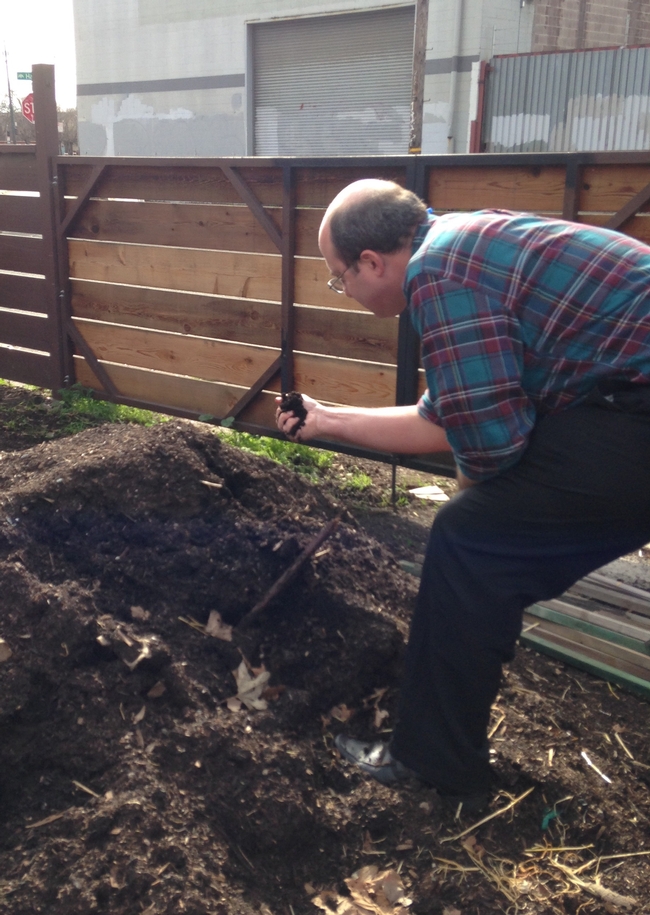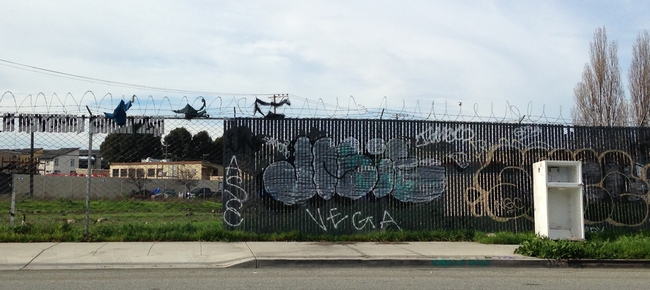Posts Tagged: Rachel Surls
Urban ag supplies fresh fruits and vegetables, part of a healthy diet
Even as Californians shelter in place to contain the novel coronavirus that causes COVID-19, nutritious food remains vital to the health and well-being of our communities.
“Eating fruits and vegetables is known to benefit our overall health and help our immune system,” said Lorrene Ritchie, director of the UC Nutrition Policy Institute. “At a time when we need to be especially vigilant about staying healthy, eating healthy is essential.”
Farms, farm stands and farmers markets are listed as “essential businesses” in the state shelter-in-place order because they are important parts of the food supply. Urban farms are included in this category. As large produce distributors struggle to switch from selling large quantities to restaurants, schools and institutions to supplying supermarkets, these small businesses may offer a better selection of fresh foods, and may be closer to homes and less crowded.
To help minimize exposure and risk of spreading of the virus, urban farms need to follow some key guidelines from the CDC , said Jennifer Sowerwine, UC Cooperative Extension metropolitan agriculture and food systems specialist in the Department of Environment, Science, Policy and Management at UC Berkeley.
UC Cooperative Extension has compiled a list of resources for farmers, community gardeners and other people working in the food system to ensure that they can continue supplying fresh, healthy and affordable food to Californians.
“Social distancing, heightened health and hygiene practices and cleaning and disinfecting reduce the risk,” said Sowerwine.
Although eating a nutritious diet can boost our immunity, the Los Angeles Times reported produce sales plummeted by 90% or more at Southern California produce markets after the statewide shelter-in-place rules went into effect.
“It's worrisome to see that sales of fruits and vegetables are dropping so sharply, but not surprising,” said Rachel Surls, UC Cooperative Extension sustainable food systems advisor for Los Angeles County. “As people shop during the crisis, they may be prioritizing groceries that can be stored for a longer time in the fridge or pantry. And they may be on a very limited food budget, even more so than usual, so they are likely prioritizing essentials like bread and rice and baby formula.”
To support farmers in California, the UC Sustainable Agriculture Research and Education Program created a directory at http://www.calagtour.org for consumers to find local farms to purchase produce directly.
For families who have lost jobs and income, the risk of food insecurity increases. Some families could supplement their food from gardens and urban agriculture during this crisis.
Consumers must practice safety, too, when visiting farmers markets and farm stands. UC Cooperative Extension small farm advisor Ruth Dahlquist-Willard explained, "Things like keeping the minimum six-foot distance from customers, not touching any produce that you're not planning to buy, leaving as soon as you've made a purchase and washing the produce when you get home would be some good guidelines."
The virus is thought to be spread mainly from person to person, however there is evidence that COVID-19 can last for days on hard surfaces, thus the need to ramp up good health and hygiene practices, social distancing and cleaning and sanitizing of surfaces.
University of California research and extension faculty have compiled a list of helpful fact sheets and resources for farmers, community gardeners and other food system workers to ensure fresh, healthy and affordable food for communities across the state:
- Food-related resources for consumers and members of the food industry for COVID-19
- on the UC Davis Food Safety website.
- Sowerwine's PowerPoint presentation Safe Handling Practices for Fresh Produce in a Time of Coronavirus Disease 2019 (COVID-19) for urban farmers.
- A set of policies and procedures for safe food handling at the farm during COVID-19 provides step-by-step instructions for applying new food and health precautions on the farm including checklists, standard operating procedures and signage posting guidelines for preventing the spread of infection.
- COVID-19 safety guidelines for farm stands.
- Handouts for safe food-handling at home that can be distributed to customers receiving food from the farm.
All of these resources are posted on the UC Urban Agriculture website at https://ucanr.edu/sites/UrbanAg.
“During this challenging time, I am heartened by the quick and thoughtful responses by many extension, grassroots and institutional efforts, including Community Alliance with Family Farm's COVID-19 Responses and Resources for California Family Farms, Mutual Aid organizations where groups of young, healthy and lower-risk people are bringing food and services to vulnerable people who shouldn't be in public at all, and Bayareafood.info that seeks to support local restaurants, farmers, and food systems workers as they weather this latest storm,” said Sowerwine. “Crisis can spawn innovation, and I am hopeful that through this, we will come out the other end with a more compassionate and resilient food system.”
Planting alternative backyard fruit trees in Southern California can help stop citrus threat
Southern California's mild Mediterranean climate makes it ideal for growing fruit trees in backyards, community gardens and school gardens. The trees provide wholesome fruit along with shade, beauty and enrichment for families and communities.
“With fresh fruit close at hand, it's easier to follow dietary guidelines that encourage filling half our plates with fruits and vegetables for good health,” said Rachel Surls, UC Cooperative Extension sustainable food systems advisor. “Besides, gardening is a great activity. Tending fruit trees teaches natural science, responsibility and appreciation for fresh food. And a garden gets people outside and engaged in physical activity.”
Citrus trees are favorites for Southern California backyards, but Surls and her team aim to get local gardeners thinking beyond lemons, limes, oranges and other citrus fruit. In the past several years, a deadly plant disease has been spreading among Southern California citrus, prompting quarantines and putting citrus orchards across the state at risk.
Surls and her team are working on an initiative with a corps of volunteer UC Master Gardeners in Los Angeles and surrounding counties to promote selection and planting of appropriate fruit trees. New brochures, a website, workshops and one-on-one consultations will guide Southern Californians in making tree decisions that are scientifically sound and community-focused.
The project addresses serious concerns about the rapid spread of huanglongbing (HLB) disease, also known as citrus greening. The insect that spreads HLB – the Asian citrus psyllid – was introduced into California in 2008. The disease made its first California appearance in a Los Angeles County backyard in 2012. HLB, which eventually kills every tree it infects, is now spreading rapidly in urban areas of Los Angeles and Orange counties, where quarantines have been put in place by the California Department of Food and Agriculture (CDFA).
“Citrus trees are so popular in Southern California. They are part of our history and regional identity,” Surls said. “Now we have the unfortunate responsibility of telling residents about this serious problem we are facing. In some cases, residents who live near infected trees should be proactive and remove their lemon, orange, mandarin and lime trees and replace them with different kinds of fruit.”
New web app shows residents' proximity to HLB disease
University of California Agriculture and Natural Resources IGIS programmers, in collaboration with UC Cooperative Extension, have created an HLB Monitoring Web App that allows residents to enter an address to determine how close they are to confirmed HLB outbreaks. If they are within 2 miles of a residence where an HLB-infected citrus tree was found, the app recommends replacement of citrus trees with non-citrus fruit trees, such as apples, peaches, avocados or persimmons.
Residents with citrus trees that are 2 to 5 miles from areas with HLB should keep a close eye on their trees, treat for Asian citrus psyllid and begin thinking about planting an alternative to citrus if the disease spreads to their area.
“Huanglongbing poses a serious threat to both backyard and commercial citrus in California if its spread is not halted,” Surls said. “By removing trees in areas where HLB has been found, residents are helping reduce its ability to spread, buying time for scientists to find a cure.”
CDFA is testing trees throughout the state and removing HLB-infected trees. However, the first visible symptoms of HLB – yellow mottled leaves – can appear months to years after infection. Even if they look perfectly healthy, citrus trees can be harboring the disease and allowing it to be spread by the tiny psyllid insect.
Current hotspots shown on the HLB Monitoring Web App include Rosemead, Montebello, Pico Rivera, San Gabriel, Hacienda Heights and Cerritos in Los Angeles County. In Orange County, HLB is spreading in communities around Garden Grove, Westminster and Santa Ana.
“We know removing citrus trees is going to be really hard for people,” Surls said. “But if you live within two miles of an infected tree, your tree is probably already infected, and HLB means your tree is going to die.”
To ease the transition, UC Master Gardeners are informing residents about alternatives that will produce fruit that's nutritious and delicious.
“So many types of fruit trees can be grown in Southern California,” Surls said. “Honestly, we have almost unlimited options. We live in a fruit tree grower's paradise. So we want to encourage local residents to think seriously about selecting non-citrus trees to replace their citrus.”
The information can also inform residents who are planning a new backyard orchard.
“They should consider some of the many wonderful fruit trees we can grow here — plant a pomegranate, plant a peach, plant a persimmon — but resist the temptation to plant more lemons, oranges and other citrus trees,” Surls said.
Making the decision to plant a certain type of tree should not be taken lightly.
“Planting a fruit tree is a big commitment. It will be part of your garden for years. Research the best options for your family and locations,” Surls said. “The UC Master Gardeners are here to help.”
Following are good options to consider for replacing citrus trees in Southern California, although recommendations may vary based on local climate:
Apples
Certain apple varieties that do not need to be exposed to cold temperatures grow and produce well in Southern California. Low-chill varieties include Anna, Beverly Hills, Dorset Golden, Fuji and Gala.
Figs
Figs grow well in full sun in Southern California. They can reach 10 to 30 feet tall, and are best for spacious areas.
Jujube
Jujubes are less common in Southern California, but are a valued fruit in Southeast Asian and will grow well under Southern California conditions. They grow about 15 feet tall. Jujubes are a good selection for inland valleys that get hot during the summer. The fruit tastes like small, crispy apples. Dried, they are similar to dates.
Loquat
A small- to medium-size tree that grows 10 to 20 feet high, loquats are easy to grow and have relatively few pests. Fresh, ripe loquats are sweet and aromatic. They can be used in jams, sauces and garnishes.
Persimmon
Persimmons ripen in autumn after the leaves have fallen, creating a beautiful landscape display. They are easy to grow in full sun and part shade. Persimmons can be eaten fresh or dried for a date-like fruit.
Pomegranate
Well-suited to Southern California's Mediterranean climate, pomegranates grow to about 15 feet in height. Pomegranates are pest- and disease-resistant. The fruit's seeds, coated with astringent juicy flesh, are called arils. Use arils to top salads or other dishes, or squeeze for juice or to make jelly.
Other fruit tree options for Southern California include mangos, guavas, pineapple guavas, peaches, nectarines and pears.
For more research-based information about alternative fruit trees, visit the UC Agriculture and Natural Resources website “California Backyard Orchard” at http://homeorchard.ucanr.edu.
Contact your local UC Master Gardener Program for additional advice:
Los Angeles County – http://celosangeles.ucanr.edu/UC_Master_Gardener_Program
Orange County – http://mgorange.ucanr.edu
Riverside County – https://ucanr.edu/sites/RiversideMG
San Bernardino County – http://mgsb.ucanr.edu
Ventura County – https://ucanr.edu/sites/VCMG
Funding for the ‘Alternatives to Citrus Fruit in the Fight against Huanglongbing Disease' project was made possible by the U.S. Department of Agriculture's (USDA) Agricultural Marketing Service through grant AM180100XXXXG003. Its contents are solely the responsibility of the authors and do not necessarily represent the official views of the USDA.
6 ways local officials can encourage urban farming
We know that eating plenty of fruits and vegetables is key to a healthful diet, but not everyone has ready access to a grocery store or can afford to buy fresh produce. One approach to the problem is to bring the farm closer to people's homes by making it easier to grow food in backyards and on vacant urban land.
To find out how to help people who want to grow food in their communities in California, Rachel Surls, a UC Agriculture and Natural Resources Cooperative Extension advisor, and several UC ANR colleagues interviewed urban farmers as part of a statewide study of urban agriculture needs.
Surls, who specializes in sustainable food systems in Los Angeles County, and her colleagues identified several common challenges that UC ANR and local governments could address to cultivate a more urban agriculture-friendly environment.
In an op-ed published March 24 in the Sacramento Bee, Surls listed the following six things that local officials could do to encourage urban farming:
- Make zoning and regulatory information accessible
- Develop a transparent process for use of city-owned land
- Create an urban agriculture incentive zone
- Update zoning to make it urban-ag friendly
- Make water accessible while promoting efficient use
- Provide guidance and support for soil testing and remediation.
There seems to be growing interest in cities encouraging urban farming. For example, last year Oakland updated its city codes to allow planting of community gardens in most zones of the city without obtaining a special permit. San Diego has made it easier for residents to keep chickens and bees in their backyards. The Sacramento City Council recently voted to allow residents to farm on urban lots and sell produce they grow at farm stands. And now, Santa Clara County is considering tax breaks for property owners who allow crops to be planted on their unused parcels.
Urban farmers told the researchers that UC ANR could help by providing educational materials on topics such as pest management, water management, design of community urban agriculture projects and soil testing and remediation.
To begin providing the public with information about urban agriculture, UC ANR has created a website at http://ucanr.edu/urbanag. Visitors to the website will find science-based information on raising crops and livestock, selling farm products and links to policies for farming in a backyard, at a school or a community garden.
“Many urban farmers are beginning farmers so the website offers basic information on planting, pests and irrigation, and on navigating local laws and regulations that impact farming,” said Surls. “But the website is also intended to be a resource for policymakers who are making decisions that impact local farming in their cities.”
For the latest information about urban farming, visit http://ucanr.edu/urbanag and follow @UCurbanag on Twitter.
The University of California Global Food Initiative aims to put the world on a path to sustainably and nutritiously feed itself. By building on existing efforts and creating new collaborations among UC's 10 campuses, affiliated national laboratories and the Division of Agriculture and Natural Resources, the initiative will develop and export solutions for food security, health and sustainability throughout California, the United States and the world.


